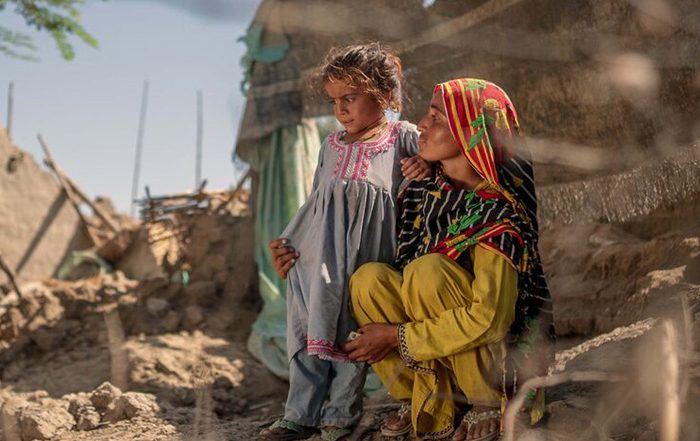
Rethink disasters
When storms hit, earthquakes strike, or floods rage, disaster often follows – but it doesn’t have to be that way. Find out how we're rethinking disaster and join our movement for change.
Millions of people are forced from their homes every year. The causes can vary – conflict, seismic events like earthquakes, or weather events including storms and flooding. More and more people are having to leave their homes because of the climate crisis. These people are known as climate migrants.
On this page learn more about climate migrants.
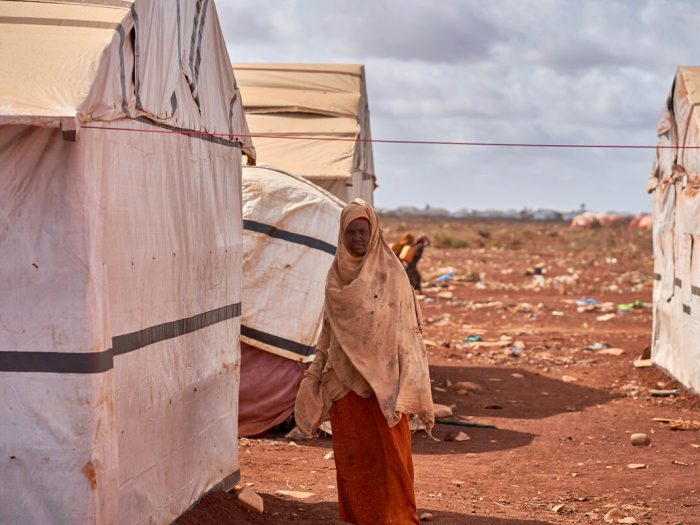

The International Organisation for Migration (IOM) defines climate migration as ‘the movement of a person or groups of persons who, predominantly for reasons of sudden or progressive change in the environment due to climate change, are obliged to leave their habitual place of residence, or choose to do so, either temporarily or permanently, within a State or across an international border.’
This definition covers the broad ways that climate change can force people from their homes. The climate crisis can make sudden weather events like storms or floods more severe. This can cause people to suddenly flee to safety. But it can also cause progressive changes. This could be warming temperatures that make crops difficult to grow; or rising sea levels washing away crops, livestock and homes. These can also force people to leave as they are unable to make a living, or can’t live in their homes anymore because of extreme temperatures or flooding.
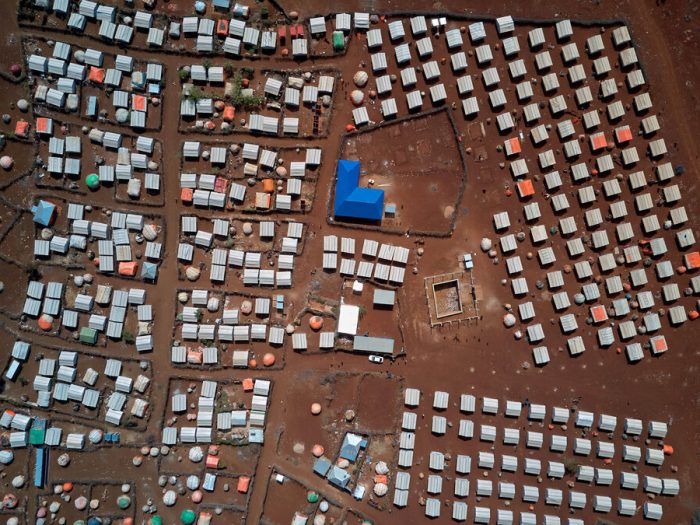

It also explains that some climate migrants may only be temporarily away from their homes. This is something we have seen with people displaced by disasters like storms or flooding. Many families want to return home once the danger has passed, and rebuild their homes. But where livelihoods have been wiped out, and if there seems little hope of recovery, moves may be permanent.
The IOM have also recognised that many climate migrants will stay in their country of origin. However some may be forced to leave their country entirely to find new work and homes.
Sometimes climate migrants can be called ‘climate refugees’. However, a refugee is someone who has had to flee to another country, and climate migrants are often displaced in their own country. Climate migrants also don’t benefit from the international legal protections that refugees have – there is no legal definition or protection for climate migrants.
The UNHCR estimates that in 2008 to 2016 an average of 21.5 million people per year were displaced by weather related events. Some of these events were caused or made worse by climate change. And numbers are rising. The World Bank has predicted 216 million people could be internally displaced due to the climate crisis by 2050. (That’s not including people fleeing to other countries). The IEP has predicted that by 2050 environmental causes and disasters will displace 1.2 billion people.
But getting numbers for climate migration is tricky. While many people are forced from their homes by weather related events, these displacements can be temporary. People really want to return home if they can. It can also be hard to pin down if the climate crisis is the main cause of displacement, or a contributing factor.
Another issue with gathering accurate numbers is the fact that many people may not think of themselves as climate migrants. They are more likely to say searching for new jobs or more money was the primary reason for leaving because their livelihoods had been so badly affected by the changing weather patterns.
We also know that these numbers do not take into account any mitigation that could help. Efforts to manage the climate crisis and to reduce its impact on people could reduce this number. So could adequate preparations for disasters. Sadly though, world leaders are not supporting the investment or preparation needed. There would need to be change and investment to make a difference.
There is also a relationship between the climate crisis and conflicts that isn’t accounted for in these numbers. Experts believe extreme temperatures and increasing desertification in Syria added to the pressures that caused the current civil war. This has displaced millions of people. And in places facing climate extremes, like in Somalia and the Lake Chad Basin, violence can erupt over limited resources and people are forced to flee.
The science of estimating climate migration may be complicated. But one thing that scientists have agreed on is that climate migration is on the rise. And without intervention, numbers are getting worse.
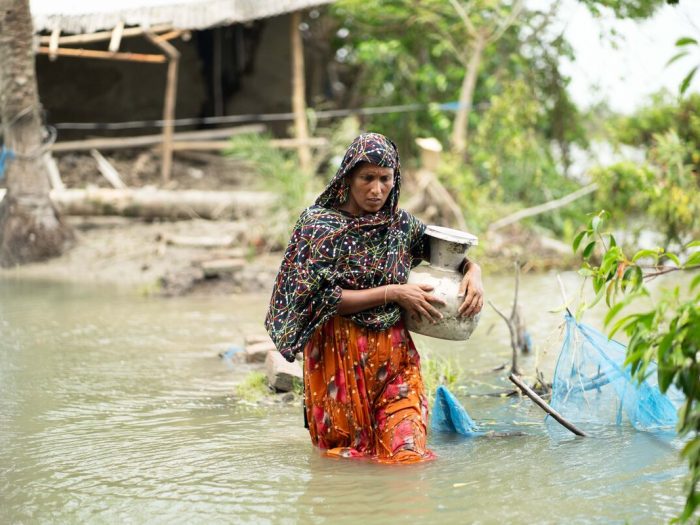

People around the world are being impacted by the climate crisis. That means people anywhere could become climate migrants.
Here in the UK residents in the village of Fairbourne in Wales will have to move by 2045 due to rising sea levels. They could be the UK’s first climate migrants. In the USA, most residents of Isle de Jean Charles in Louisiana have already moved to escape rising water.
The majority of climate migrants come from low-income countries. These are countries that typically contribute the least to climate change but are bearing the brunt of its impact as they are in vulnerable locations. We have seen this in Bangladesh – a low-lying nation where people are dealing with more frequent storms and rising sea levels. People have already started to migrate in Bangladesh after repeated flooding has increased the salt in the soil, making planting crops difficult. Floods and storms have washed away their homes and livelihoods. It is estimated with rising sea levels a large amount of Bangladesh may end up completely underwater. This will likely trigger mass climate migration.
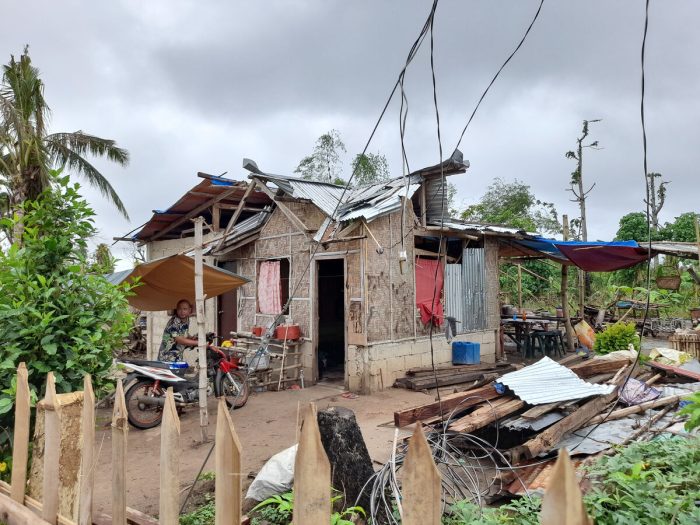

Other places we work where we have seen climate migration include the Philippines. These islands are at threat from severe storms as well as rising sea levels. Somalia is another country affected. There has been a severe drought in Somalia for some years. It has destroyed crops and livestock. People who relied on farming are moving to cities to find food, work, and schooling for their children.
It’s important to remember that behind the numbers are people unable to make a living, parents struggling to feed children, and communities forced from ancestral homes. People are finding their lives turned upside down, by causes they have no control over and often contributed nothing to.
With such overwhelming numbers, it can be easy to feel helpless. But there are things you can do to support climate migrants.
References: Migration Policy Institute, Zurich, The Guardian, IOM, BBC